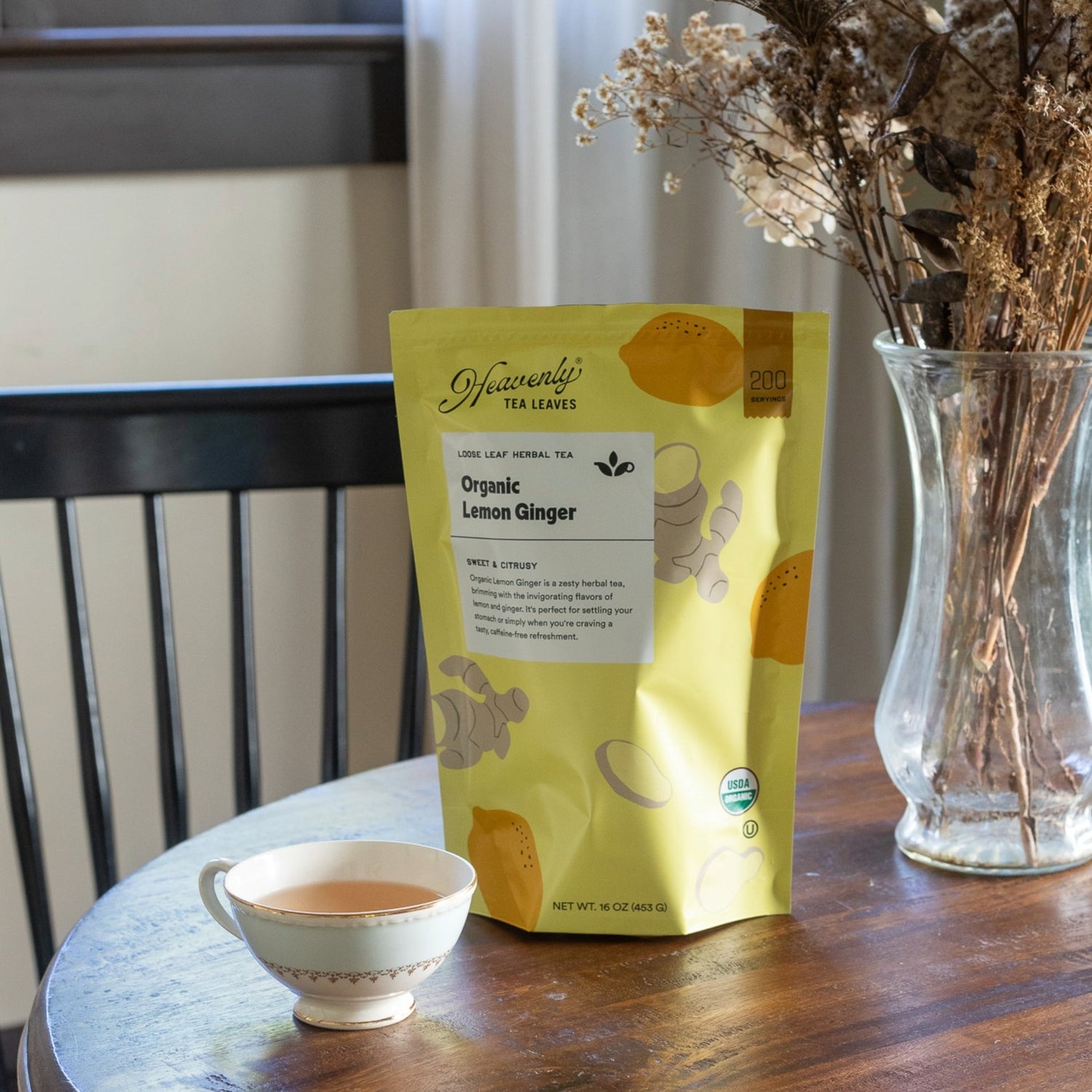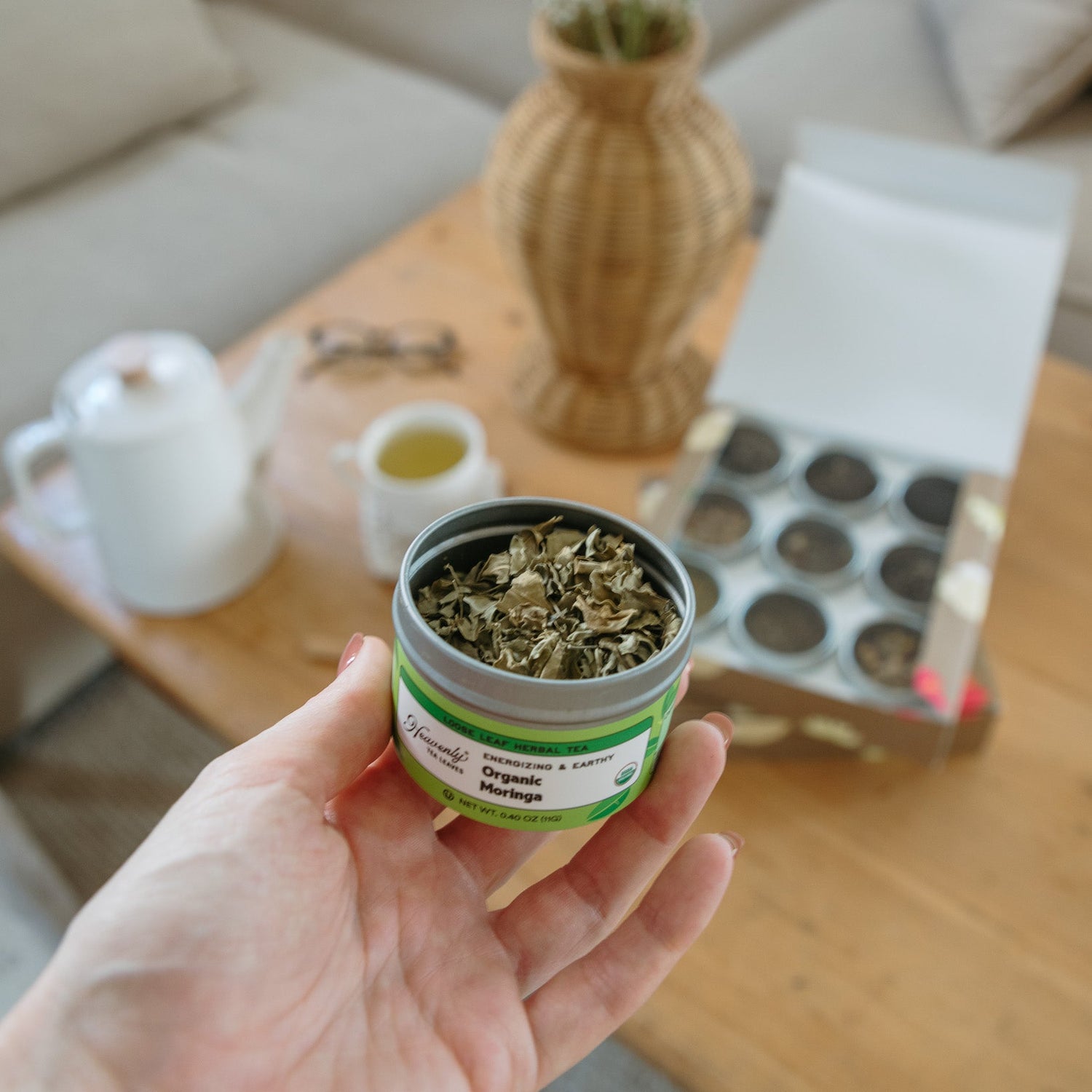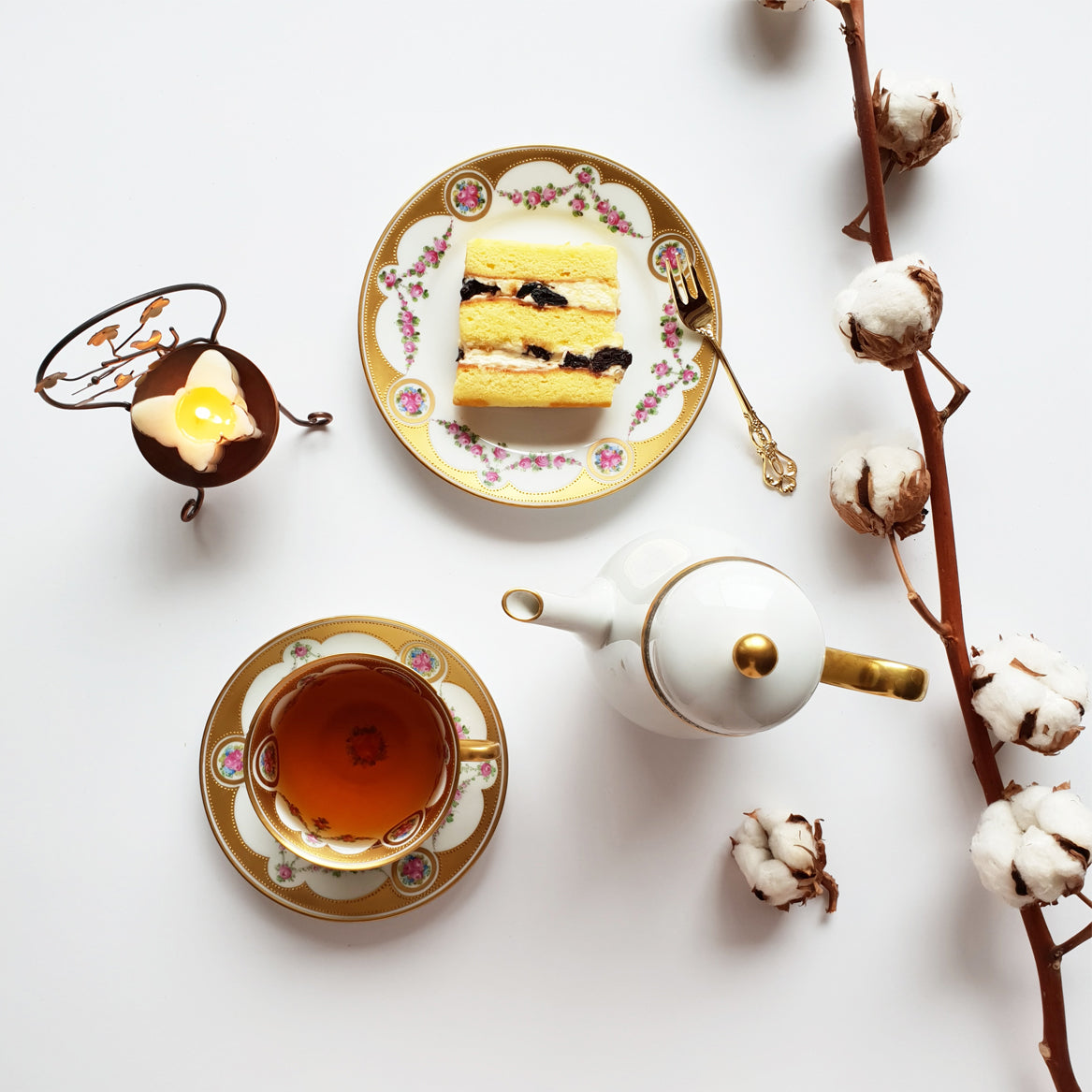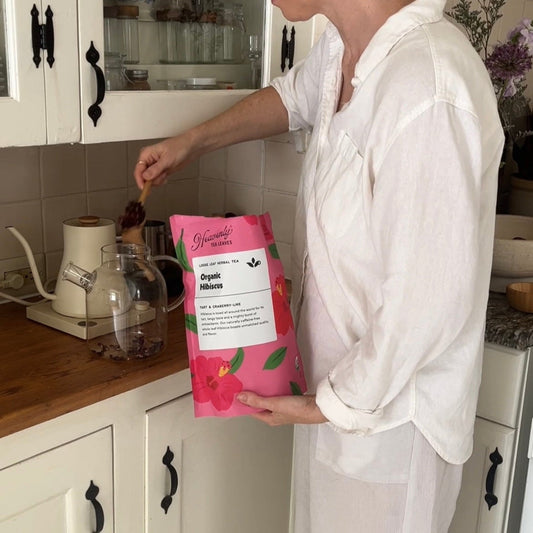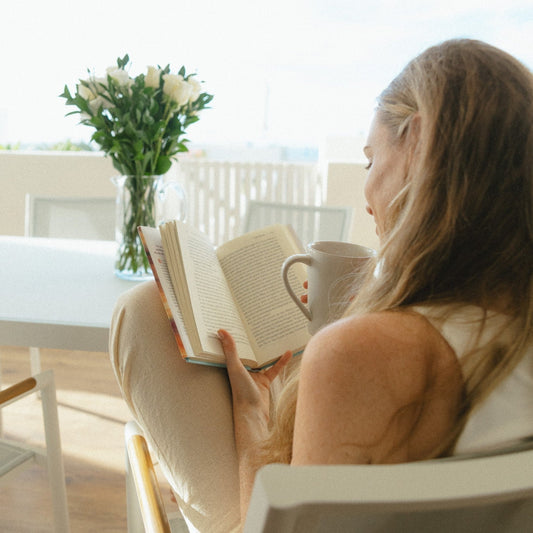Ever wonder whether you're following, or whether you even really know about tea-time etiquette? Living an informal culture of to-go tea and coffee (which means, yikes!, a drink that may or may not have actually been brewed, in a paper cup), it's hard to have the opportunity to sit down in a formal setting and engage in customary tea rituals. For some, it's hard to even imagine that there are a series of formal customs for consuming tea, which today, is an everyday (for us, 3x-a-day) beverage.
The origins of tea lie very far in the past, but it's really the influence of the British East India Company that turned a regional staple into a worldwide phenomenon starting in the 17th century. Tea etiquette not only tells the drinker what to do, but more importantly, it advises us what not to do.
Starting from the basics
When tea arrived to the West, people were left wondering what the proper vessels were to drink it out of. The answer? Porcelain, according to Jane Pettigrew of London's Langham Hotel, who described the history of tea etiquette to CBS News. (The stuff came from—you guessed it—China; hence the current nickname for porcelain serveware.) Until today, any fine tea service is made from some variation of precious porcelain, such as bone china. More modern and casual tea sets seek to display tea's rich and beautiful color, opting for glass. (Another benefit to glass is that you can tell how strong and saturated the tea is at a glance.)
Pettigrew describes the coming together of family and friends for a midday tea as "afternoon tea" for a long while before the less formal "high tea" took over as a cultural mainstay in England.
Elaine Lemm of The Spruce Eats describes the origins of afternoon tea: "When afternoon tea became fashionable thanks to the Anna, the Duchess of Bedford, it was never intended to replace dinner but rather to fill in the long gap between lunch and dinner at a time when dinner was served as late as 8 p.m. Lifestyles have changed since those times and afternoon tea is now a treat, rather than a stop-gap." Once industrialization hit England, however, this tradition became widespread, known as high tea. By the 19th century, the middle class had grown in Western Europe and tea before dinner became a routine in most households; it was no longer for the elite. This was a huge shift in cultural norms and accessibility that would signal a reduction in class divisions that we're thankful for today. Workers who needed some extra food after a long day were having more than just delicate tea sandwiches with their meal, but started to have heartier dishes instead.
Amy Reiter of the Food Network delves into the history of the term: "Contrary to the haughty images stirred by its lofty moniker, high tea is actually a lot more relaxed than afternoon tea. (The 'high' part probably refers to the fact that one traditionally enjoys it while seated at an actual dinner table, rather than on a low armchair or couch.)."
Today, high tea is generally taken between 5 p.m. and 7 p.m., often as dinner, while afternoon tea was historically taken at 4 p.m. as a snack for the elite. Today, the dinner meal is called "tea" in working-class families in parts of England.
And how to behave at tea? Pettigrew also has a few comments when it comes to general manners.
"'I mean, you would never actually slurp your tea, but a professional tea taster always slurps their tea because that's what you need to do to get the sort of flavor. But no, it's got to be quiet, elegant.'"
Other notes from this seasoned tea expert? No clanking the spoon against the cup when stirring; no raising your pinky while holding the cup (it's pretentious); and when you have your crumpets along with your tea (yes, it's a thing), add a little wad of clotted cream or jam, but don't smear it all over! (On this side of the Atlantic, muffins or cookies go just as well!) Oh, and she'd never put milk in non-standard blends like oolong. Let the flavor shine through. According to Doltone House, an upmarket party venue group in Australia, the rules for stirring don't stop there. Start with your spoon in the 6 o'clock position and stir clockwise, setting the spoon down beside the cup when you're done.
Want to emulate high tea at home today? You can follow some simple steps to bring some tradition to your next family gathering. For starters, loose leaf tea is preferable over supermarket tea bags (which are often adulterated and of inferior quality), according to Afternoon Tea of the UK. Heavenly Tea Leaves' vast selection of gourmet loose leaf tea leaves you with plenty of options. To stack your accompanying snacks, grab a pretty, tiered cookie tray, preferably in sterling silver for the full effect!
Other pointers
Never dip your biscuit, crumpet, or any other side snack into your tea. Layer jam over cream on your scone. If adding milk (for example, to black tea), pour the milk into the cup first for a better combination of the liquids. And when it comes to your appearance, dress up! Doltone House also recommends eating your tea sandwiches, scones, and other snacks with your hands (contrary to what you might think would be polite).
While etiquette centering around drinking tea might seem antiquated, it is in fact a nearly lost art, and a tradition that should be revered and preserved. We, for one, are working hard to help make that happen.
Photo credit: @bunabuna1234 (Instagram)
